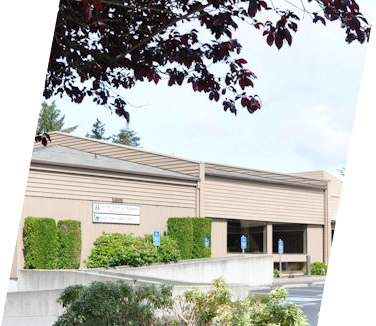The Aging Spine
Introduction
As the spine ages, a number of conditions can result in chronic pain in various parts of your body, not just your neck or back.
Some of the more common disorders in the spine include:
- Herniated disc – trauma or injury to a disc resulting in the disc protruding
- Disc degeneration – when discs dry out and lose their ability to cushion the vertebrae
- Spinal stenosis – the narrowing of the canal that houses the spinal cord and nerve roots
- Spondylolisthesis – when a vertebra slips out of line with an adjacent vertebra
To a large extent, these spinal disorders are not problems in themselves. The trouble starts when they put pressure on the nearby nerve roots or spinal cord, causing pain, numbness, or even paralysis in the limbs. Pinched nerves can be treated with anti-inflammatory medications, steroid injections, physical therapy, or surgery, with the aim being to relieve pressure on the nerve by increasing the space around it.
Deciding the right way to treat your neck or back pain begins with an accurate diagnosis, which involves a thorough orthopaedic evaluation and the use of tools such as MRI and electrodiagnostics.
Back Pain
Back pain often occurs when one or more nerves in the spinal column become impinged, or pinched. This is commonly caused by a disc or bone spur pushing into the canal that houses the spinal cord and the nerve roots. Often back pain can be treated nonsurgically, but in some cases, surgery is necessary.
Neck Pain
The part of the spine that supports your neck is called the cervical spine. The neck must allow for a significant amount of movement, in addition to supporting the weight of the head. Unlike the rest of the spine, which is relatively protected from injury, the cervical spine has a relatively small number of muscles and ligaments that surround and protect it from injury.
Neck pain may result from abnormalities in the soft tissues (muscles, ligaments, or nerves) or in the vertebrae or joints of the cervical spine. The most common causes of neck pain are degenerative diseases (such as arthritis) or soft tissue abnormalities following injury. In some individuals, neck problems may cause pain felt in the upper back, shoulders, or arms.

